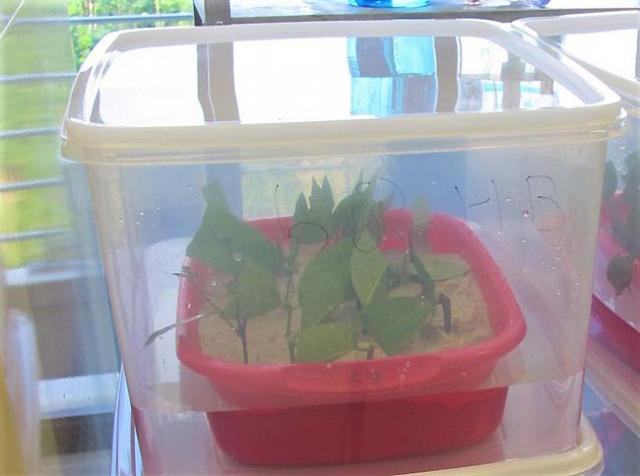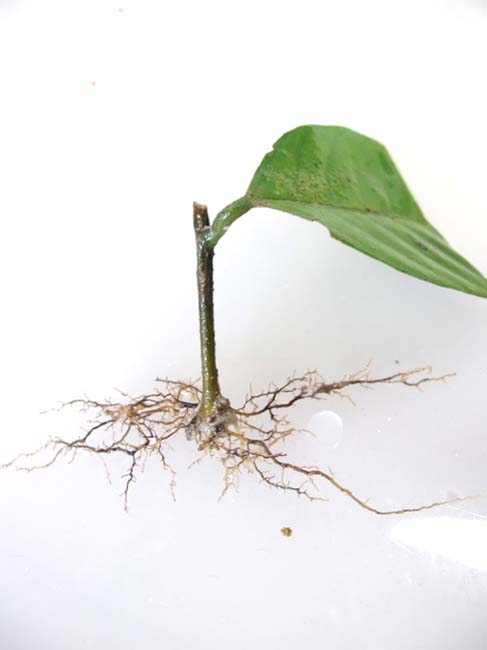Home > Research > Research Results > Research Results 2019 > Tropical rainforest canopy tree [Shorea (Dipterocarpaceae)] can be propagated by cutting method
Update:October 23, 2019
Main content starts here.
Tropical rainforest canopy tree [Shorea (Dipterocarpaceae)] can be propagated by cutting method
| Article title |
Rooting ability of leafy-stem cuttings of hybrid Shorea (Dipterocarpaceae) |
|---|---|
| Author (affiliation) |
Tanaka Kenzo (a), Tomoaki Ichie (b), Koichi Kamiya (c), Kang Ming Ngo (d), Shawn Lum (d) (a) Department of Plant Ecology, FFPRI, Tsukuba, Ibaraki, Japan. (b) Kochi University, Nankoku, Kochi, Japan. (c) Ehime University, Matsuyama, Ehime, Japan. (d) Nanyang Technological University, Singapore. |
| Publication Journal |
Journal of Tropical Forest Science, 31(3):324–331, August 2019 DOI:10.26525/jtfs2019.31.3.324( External link ) |
| Content introduction |
The carbon accumulation capacity and timber resources offered by tropical rainforests in Southeast Asia have been severely reduced due to human-induced disturbances. Therefore, it is necessary to replant trees in deforested and degraded areas. The Shorea genus of the Dipterocarpaceae family has tree species that are suitable for this purpose; they demonstrate good growth and produce high quality timbers. However, the species within Shorea flower only once every 5–10 years; therefore, a stable supply of seedlings is not available. Therefore, the development of cutting propagation technologies is ongoing. In particular, numerous hybrids within Shorea have recently been discovered in Singapore. They are of great interest for forest restoration and urban forestry because they have shown superior drought tolerance compared to parent species. However, whether these hybrids can be propagated by cuttage remains to be explored. Therefore, this study evaluated the rooting ability of cuttings from selected hybrids. The findings showed that the rooting ability of these hybrids was not inferior to either parental species, and rooting was observed in more than 30% of the hybrids. In addition, the rooting ability was found to be equivalent or better than more than 20 other species within Shorea. Therefore, cutting propagation of the hybrids appears to be very feasible. Moreover, the rooting ability was almost the same in cuttings obtained from any part of the parent tree, such as the tip or base of the branch. If seedlings of hybrids grown from cuttings become stably available, they will be useful for the reforestation of wasteland and urban areas that are highly stressful to many plants because of, for example, drought. Furthermore, they will be useful in providing improved varieties via the selection that demonstrate better growth patterns.
Photo1. Simple nursery placed in a water-filled container to maintain high humidity
Photo2. Cuttings of rooted Shorea hybrids (3 months after planting) |
Copyright © Forest Research and Management Organization. All rights reserved.


